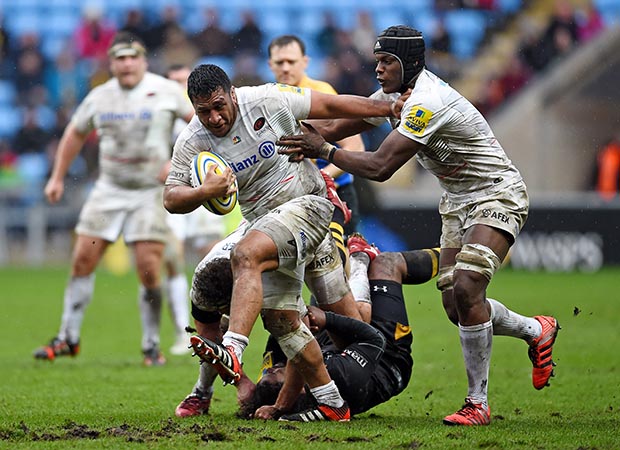Size matters so much in our new land of the giants

By Peter Jackson,
When the Lions clinched their one and only series victory in New Zealand, one man stood above the rest – Gordon Brown, Broon o’ Troon not to be confused with the former Prime Minister.
At 6ft 5ins the late, lamented Scot was the tallest member of a team whose feats in 1971 have yet to be matched.
Compared to the Gullivers bestriding the Six Nations, a second row of Brown’s size would feel as though he had been shrunk to almost Lilliputian dimension.
As a lock at Test level, he simply wouldn’t measure up. There are wings and centres larger now than Brown in his pomp never mind props, hookers, blindsides, opensides and No.8’s.
The biggest Six Nations XV, as drawn from those involved in last weekend’s opening round, is almost four inches taller per player than their Lions predecessors of 1971 and more than four stone heavier.
Not for nothing did Scotland hooker Fraser Brown refer last week to ‘every tackle, carry, breakdown as almost like a car crash’. Colin Patterson, the best little ‘un of his day and a Lions Test scrum-half to boot, went further on how the international game has become one for giants.
A 63-year-old solicitor from Belfast living in retirement on the Co. Down coast, he told me: “If they’re not careful someone is going to die or suffer from a severe brain injury. A lot of players now are built like tractors.”
Mercifully, the collisions caused surprisingly few broken bones last weekend with most of the debris confined to Dublin. England‘s shattering effect on Irish invincibility is infinitely more difficult to quantify than those unable to reappear for the second round – three Irish, three French, two Scots, one English.
The game is barely recognisable from the one they played 40 years ago. The heaviest players of the Five Nations of 1979, the Scottish locks Alan Tomes and David Gray, weighed in at 17st 4lbs and 17st 10lbs respectively. There were some mighty men competing against them like Bill Beaumont, Nigel Horton, Moss Keane, Allan Martin, Geoff Wheel and Jean-Francois Imbernon. They were all 16 stone-something.
Almost everyone had a will-‘o-the-wisp scrum-half, Patterson, all 5ft 5in of him, for Ireland; Peter Kingston at 5ft 8in for England and Jerome Gallion at the same size for France. The advent of Terry Holmes as the Welsh successor to Gareth Edwards brought a sign of what was to come.
At 6ft 1in and built more like an extra back row forward, Holmes broke the mould. Greig Laidlaw, like his uncle Roy before him, is still bucking the trend and showing that small scrum- halves can thrive, a defiance most gloriously personified by the smallest one of all, the Springbok Faf de Klerk.
They are so few and far between that Sale‘s South African stands on his own at 5ft 7in as the shortest. In a sport where power pulverises almost everything and everyone, we should treasure them while they last.
Forty years ago very few backs could be found above six feet – JPR Williams and Holmes for Wales plus the England trio of Richard Cardus, Paul Dodge and Mike Slemen. Now there are almost as few under six foot.
England are virtually three stone per player heavier than they were 40 years ago which is another way of illustrating the ballast brought fore and aft by the Vunipola brothers and Manu Tuilagi.
Size has never mattered more, regrettably so for those of us reared on the artistry of Barry and Benny, Gerald and Gareth, the Boniface brothers, Richard Sharp, Les Cusworth and many more who thrived before they began suffocating space.